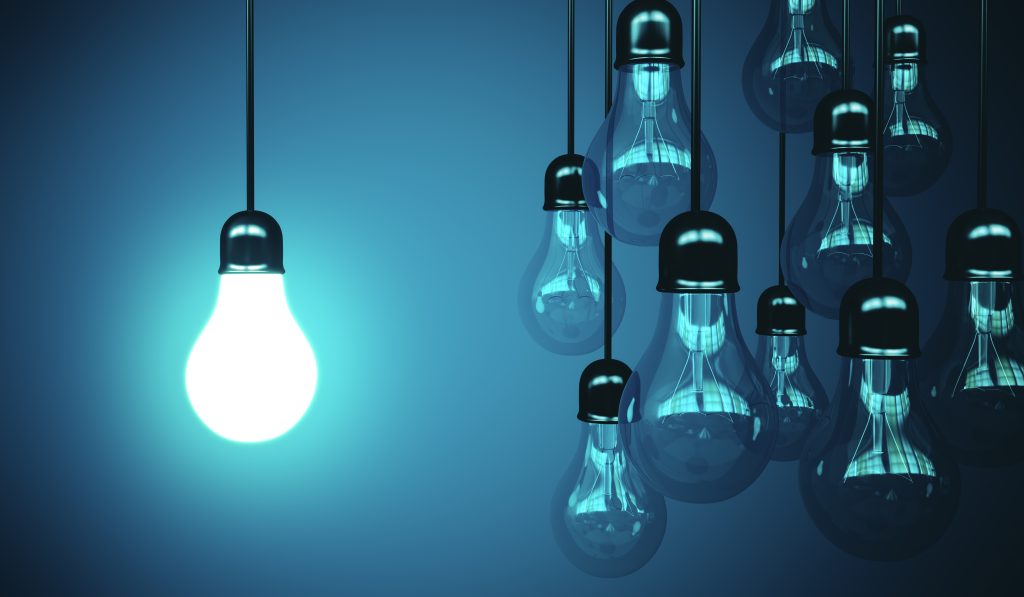Electricity in Canada is generated from a diverse mix of sources, reflecting the country’s vast natural resources and commitment to renewable energy. The primary source of electricity is hydroelectric power, leveraging Canada’s abundant waterways to generate clean, renewable energy. Nuclear power is another significant source, providing a large portion of the country’s electricity with a low carbon footprint. Fossil fuels, such as coal and natural gas, also play a role in electricity generation but are being progressively replaced or supplemented with renewable sources like wind, solar, and biomass. Canada’s energy policy emphasizes sustainability and reducing greenhouse gas emissions, leading to investments in renewable energy technologies and infrastructure. This diverse energy mix ensures a stable and sustainable electricity supply nationwide.

If you owe money to your current energy provider, you may still be able to switch to another provider. However, you will need to pay off any outstanding debts before you can switch. Your new provider may also require you to pay a security deposit or agree to a payment plan before they can supply you with energy. It’s important to check the terms and conditions of your current contract before you switch to avoid any penalties or additional charges.
Alberta deregulated its electricity market in 1996 by implementing the Electric Utilities Act. This legislation introduced a competitive market structure for electricity generation and retail services, allowing consumers to choose their electricity providers and pricing plans. Before deregulation, electricity generation and distribution in Alberta were monopolized by a single government-owned utility. Deregulation aimed to increase competition, stimulate innovation, and lower consumer prices by introducing market forces into the electricity sector. Since deregulation, Alberta’s electricity market has become one of Canada’s most competitive and innovative, with multiple generation companies and retailers vying for customers in a dynamic marketplace.
When a power blackout occurs, utility companies immediately spring into action to identify the cause and begin restoration efforts. Their response starts with an assessment phase, where the extent and location of the outage are determined using advanced monitoring systems and customer reports. Once the cause and affected area are identified, repair crews are dispatched to the site of the problem. These crews prioritize repairs that will restore power to the largest number of customers first, often starting with significant transmission lines and substations before moving to smaller distribution lines that serve individual neighbourhoods. Critical facilities such as hospitals, emergency services, and water treatment plants may receive priority to ensure public safety and health. Utility companies communicate with customers through various channels, including social media, their website, and local news outlets, providing updates on repair progress and estimated restoration times. Modern utilities may employ intelligent grid technologies to isolate and address outages quickly. These efforts aim to minimize the duration of blackouts and restore normal operations as safely and efficiently as possible.
To choose an energy provider, start by assessing your energy needs and priorities, considering factors like consumption, renewable energy options, and pricing structures. Research available providers in your area, reading customer reviews and recommendations to gauge their reputation. Compare rates, contract terms, and any renewable energy options that align with your preferences. Assess customer service quality and look for additional services or benefits, such as energy efficiency audits. Understand billing and payment methods and carefully review contract terms and fees. Seek recommendations from others and contact providers directly to ask questions. Once you’ve gathered this information, make an informed choice that suits your needs and preferences while keeping an eye on potential switching procedures if you’re changing providers.
In Alberta, utilities such as electricity and natural gas distribution are regulated by the Alberta Utilities Commission (AUC). The AUC oversees utility companies’ rates, quality of service, and operational standards to ensure fair treatment of consumers and promote the reliability of essential services. While the electricity generation and retail markets are deregulated in Alberta, transmission and distribution remain regulated to ensure the integrity and accessibility of the provincial energy grid. Additionally, other utilities, such as water and wastewater services, may also be subject to regulation by provincial or municipal authorities to safeguard public health and environmental sustainability.
To read your electricity metre, you need to know what type of metre you have. There are different types of metres, including digital, dial, and smart metres. Your utility company should provide you with instructions on how to read your metre, but generally, you’ll need to record the numbers or digits displayed on the metre.
Links